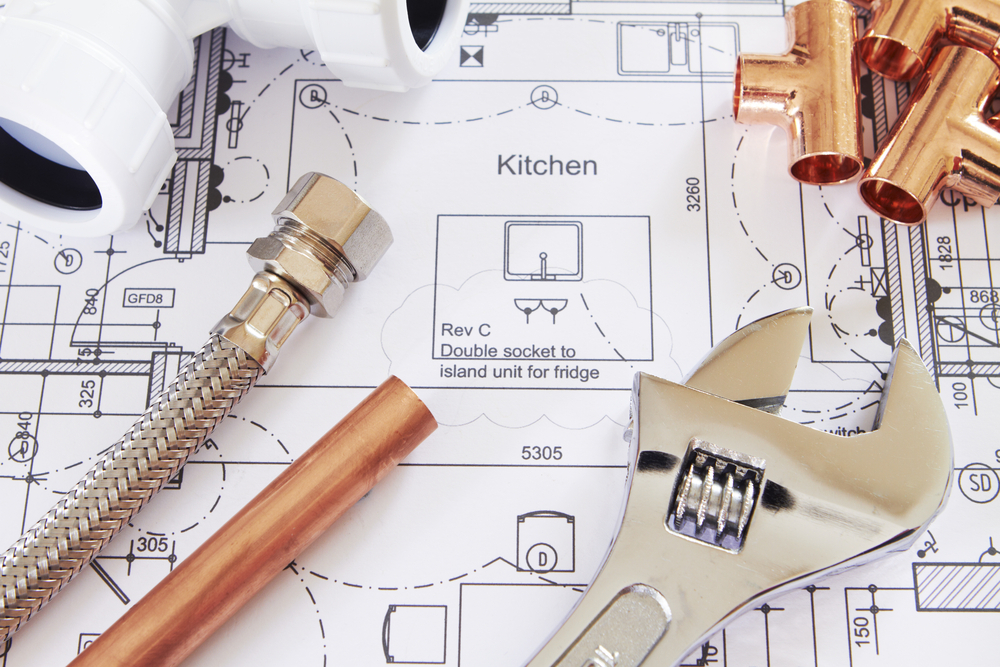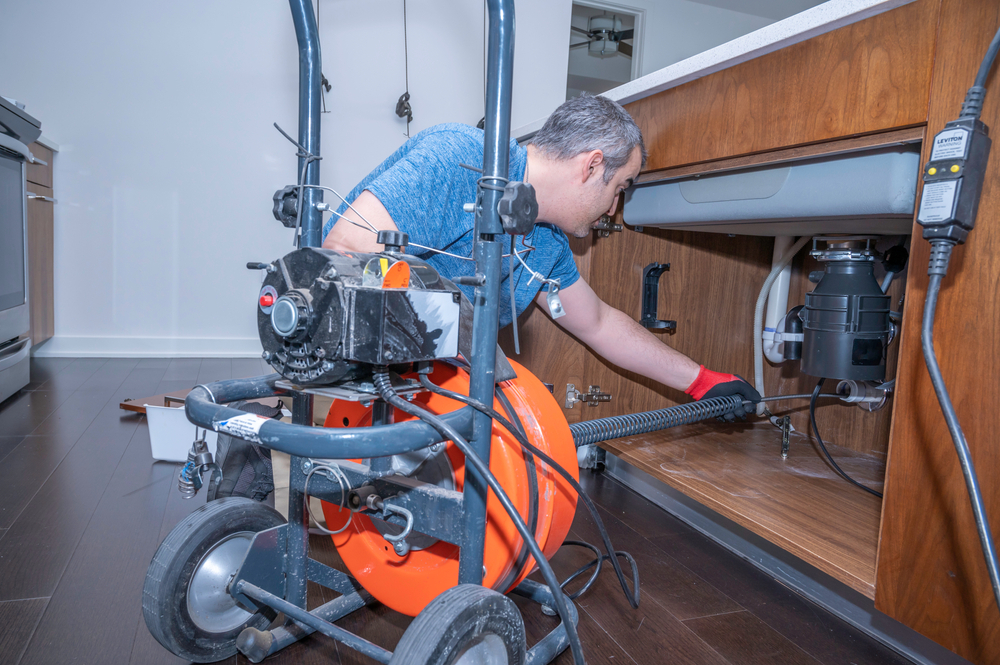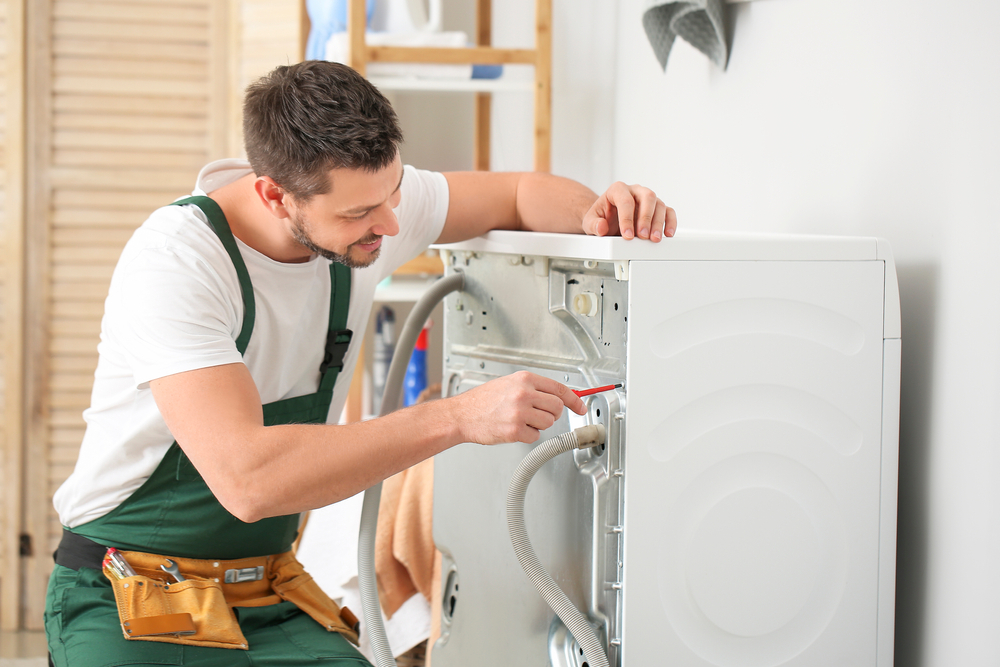Consider a house without running water’s ease. You find it difficult to visualize? One of the basic systems that enables several daily activities is residential plumbing. From personal hygiene to cooking and cleaning to bathroom use, a well running plumbing system is essential. Without it, chores we take for granted would become noticeably harder. This tutorial will explore the foundations of domestic plumbing, stressing its value and providing understanding of how it operates to maintain the comfort and efficiency of your house.
Common Plumbing Components in a Household
Knowing its basic elements helps one to grasp the complexity of household plumbing. Every component of the system has a certain purpose, and taken collectively they guarantee effective handling of the water supply and waste disposal for your house.
Pipes:
Your plumbing system consists fundamentally in pipes. They bring water from and to different areas of your house. Common varieties of pipes consist in:
-
- Copper Pipes: Often used for water supply lines, copper pipes are renowned for their strength and corrosion resistance. They have a lengthy lifetime and can manage great water pressure.
- PVC Pipes: Commonly utilized for garbage disposal and drainage, PVC pipes are produced from poly vinyl chloride. They resist corrosion, are reasonably priced and light.
- PEX Pipes: Easy installation and flexibility characterize cross-linked polyethylene (PEX) pipes. Their resistance to scale and chlorine—which helps to lengthen their lifetime—helps explain their growing popularity.
Fixtures:
Fixtures are the portions of the plumbing system that interface directly with the user. These include:
-
- Sinks: Applied for hand, dish, and other item washing. They are made from granite, porcelain, and stainless steel among other materials and styles.
- Faucets: Water entering sinks, bathtubs, and showers is under control via faucets. Some types use cutting-edge innovations for water conservation; they can be single- or double-handed.
- Toilets: Waste disposal calls for toilets first of all. Among the several characteristics of modern toilets are low-flow choices meant to help to save water.
- Showers and Bathtubs: These taps give showering and bathing access to water. They could be parts of a unified system or stand-alone pieces.
Appliances:
Plumbing appliances are connected to the plumbing system and rely on it for operation. Key appliances include:
-
- Dishwashers: Dishwashers effectively clean dishes when connected to both water supply and drainage systems.
- Washing Machines: These appliances need drain lines to remove wastewater and water supply lines for refill.
- Water Heaters: Whether tankless or tank, water heaters supply hot water for several household uses. They link the hot water distribution system to cold water supply lines.
Every one of these elements is absolutely important in guaranteeing that waste is properly eliminated and water is provided where it is needed.

Water Supply and Distribution System
Delivering clean water to your house falls to the water supply and distribution system. Knowing its elements and their interactions will assist you to value the intricacy of this system.
- Main Water Line: The major conduit bringing water from a municipal supply or well into your house is the water line. Usually placed below, it ties to the water meter. The consistent and dependable supply of water your whole plumbing system depends on this line.
- Hot Water Line: Linked to your water heater, the hot water line supplies warm water to appliances and fixtures calling for it. For jobs including bathing, cooking, and cleaning, this line guarantees hot water.
- Cold Water Line: Many areas of your house get unheated water from the cold water line. It guarantees your access to chilled water for various purposes as well as drinking.
- Water Pressure: Effective water flow via your pipes and reaching all regions of your house depend on water pressure. While excessive pressure could damage pipes and fittings, low water pressure might indicate issues including clogs or leaks.
- Water Meter: The water meter notes your water consumption. Usually found next to the primary water line, it tracks your water usage for billing needs. Knowing your water meter will enable you to check use and find possible leaks.
Drainage and Waste Disposal System
Wastewater from your house is being removed by the waste disposal and drainage systems. Preventing jams and backups—which could cause expensive repairs and health risks— depends on proper drainage.
- Drain Pipes: Drain pipes carry wastewater away from sinks, toilets, and showers. These pipes are typically made of PVC or cast iron and are designed to handle the flow of wastewater. Proper installation and maintenance of drain pipes are essential for preventing clogs and leaks.
- Fixtures: Shower, toilet and sink connections to the drainage system Every fixture has drain pipes specifically meant to send wastewater to the septic system or main sewage line. Frequent maintenance of these appliances guarantees seamless functioning and helps avoid obstructions.
- Traps: Under sinks and other fixtures, curved portions of pipe called traps lie beneath Their main uses include keeping a tiny amount of water to hide smells and preventing sewage gasses from entering your house. Appropriate operation of traps depends on regular cleaning and maintenance of them.
- Vent Pipes: Vent pipes let air enter the drainage system, therefore enabling seamless movement of wastewater. They also stop the creation of a vacuum capable of causing obstructions. A effective drainage system depends on appropriate ventilation.

Sewage and Septic Systems
If your home is not connected to a municipal sewer line, it will have a septic system. Understanding how sewage and septic systems work can help you manage and maintain them effectively.
- Sewage System: Wastewater from residences moves through a municipal sewage system toward a treatment plant. The system comprises a network of pipes carrying wastewater and treatment facilities processing and sterilizing it prior to release into the environment. Ensuring appropriate handling of wastewater depends on the maintenance of the sewage infrastructure.
- Septic System: A septic system handles wastewater in places without access to municipal sewage systems. The system makes up a drain field and a septic tank. Solids settle and liquids are processed in the septic tank as wastewater runs in there. The cleaned liquid then runs into the drain field, where the dirt filters it even more. Preventing system breakdowns and guaranteeing correct functioning depend on regular maintenance of the septic tank including pumping and inspections.
Good maintenance of your plumbing system helps to avoid problems and increase the lifetime of your pipes and fixtures. Here are some basic ideas for upkeep:
- Regular Inspections: Plan frequent checks using a qualified plumber to find possible issues early on. Before they become major, inspections might find problems including leaks, blockages, or corrosion.
- Check for Leaks: Check faucets, pipelines, and fittings often for leaks. Significant water damage and higher utility costs can result from even a minor leak. Deal with leaks right once to stop more harm.
- Avoid Clogs: Consider what you pour down sink and toilet drains. Steer clear of flushing paper towels, wipes, or grease since they could clog things. To gather trash and stop sink and shower drains from clogging, use drain covers.
- Monitor Water Pressure: Look at your water pressure. Should your pressure suddenly drop or rise, it may point to a plumbing system issue. While low pressure could indicate a leak or blockage, high water pressure might compromise pipes and fittings.
- Clean Drains: Clear trash from drains often to avoid obstructions and guarantee seamless drainage. To help keep drains clear and fresh, mix vinegar with baking soda.
- Insulate Pipes: Insulating pipes helps pipes in colder climates not freeze and burst during winter. To guard pipes against severe temperatures, wrap them with insulating material or pipe insulating sleeves.
Signs of Plumbing Problems and When to Call a Professional
Knowing the indicators of plumbing problems will enable you to fix them before they become more serious. Common indicators of a plumbing issue include these:
- Slow Drains: A clogged pipe could be indicated by delayed water drainage from sinks, showers, or bathtubs. If slow drains are not quickly rectified, more major problems may result.
- Foul Odors: Unappealing smells emanating from toilets or drains could point to a waste accumulation or a drainage system breakdown. These smells can indicate a trap malfunction or a clog.
- Water Stains: On walls or ceilings, water stains sometimes point to a plumbing system leak. If leaks are not swiftly fixed, they could harm water supplies and foster mold development.
- Low Water Pressure: A sharp decline in water pressure may indicate a leak, obstruction, or other plumbing problem. Faucets and fittings’ performance may suffer with low water pressure.
- Noisy Pipes: Unusual sounds like banging, rattling, or gurgling from pipes can point to loose fittings or air in the pipes. Early address of these problems helps to avert more major damage.
See a qualified plumber if you find any of these indicators. They possess the knowledge and instruments required to correctly identify and address plumbing problems. Handling difficult plumbing issues on your own could cause more damage and expensive repairs.

Conclusion: The Role of Proper Plumbing in a Comfortable Home
Maintaining a functional and comfortable house depends on good plumbing. It guarantees that you have daily activities’ worth of clean water and efficiently controls waste disposal. Knowing the fundamentals of your plumbing system—including its parts and their interactions—helps you to value it more highly and treat it better.
Maintaining the best state of your plumbing system depends mostly on routine maintenance, quick repairs, and professional inspections. Following the advice and instructions presented in this guide will help you avoid problems and guarantee seamless running of your plumbing system.
Don’t hesitate to contact a qualified plumber should you run across any plumbing issues or want help. They can guarantee that your plumbing system keeps serving you effectively and offer professional assistance. Recall that a comfortable and hassle-free house depends on a well-maintaining plumbing system. Proper maintenance of your plumbing can help you to experience the advantages of a working and effective system.
Plumbing Services CA
https://maps.app.goo.gl/31Yt4rhDrainzNJ4A
(279) 203-0765
https://plumbingservicesca.com/
